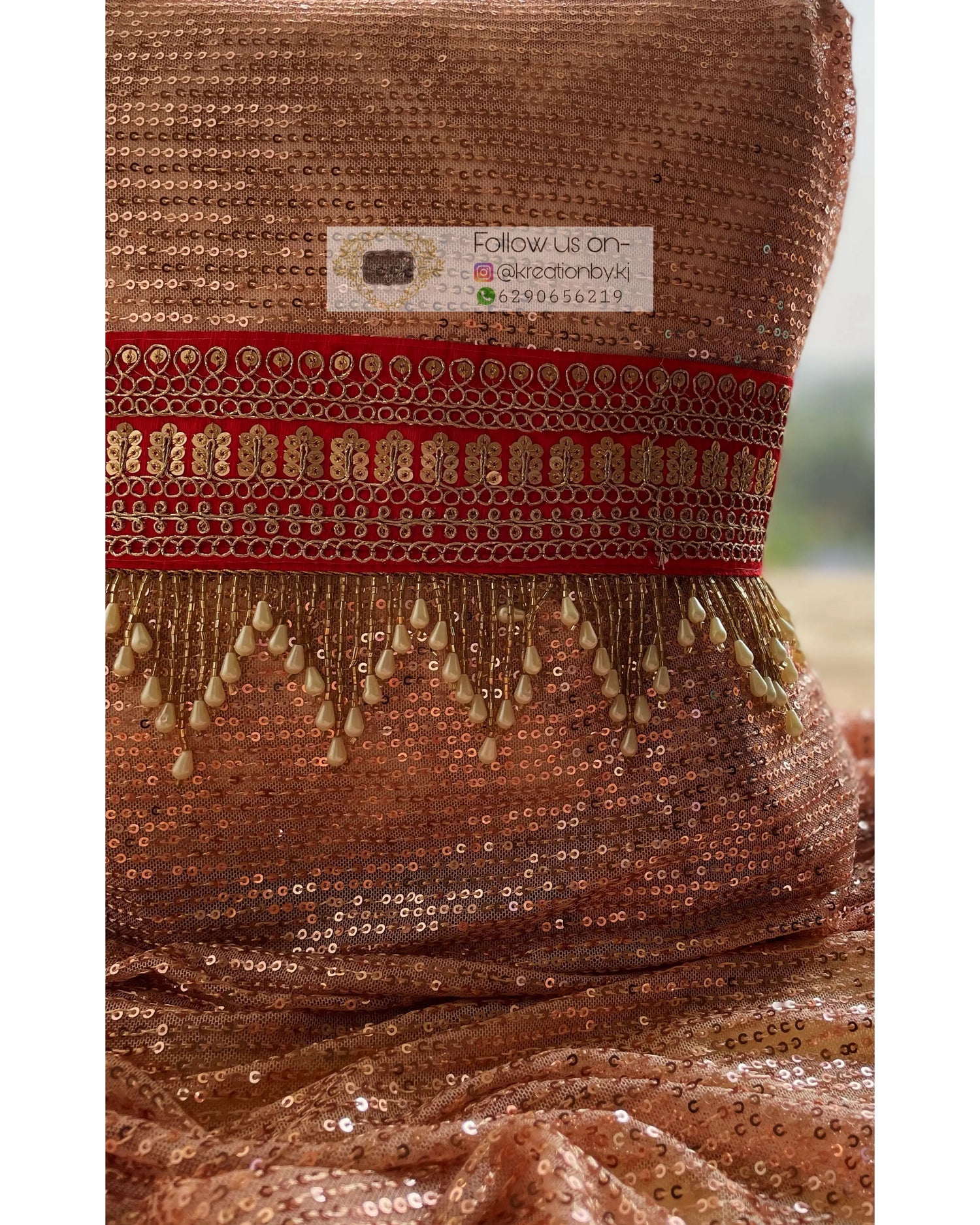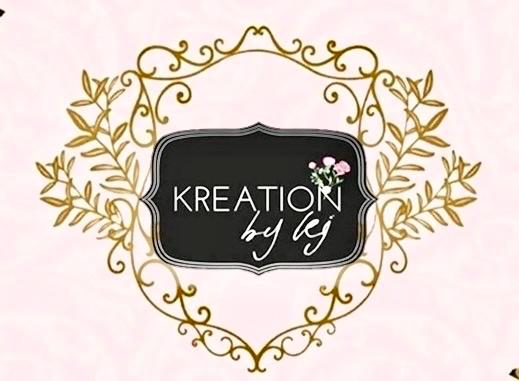Unveiling the Enduring Elegance: Exploring the Saree, a Six Yard Story of Grace and Identity
The Saree, a traditional Indian garment, has long been revered as a symbol of grace and identity. This exquisite six-yard-long fabric is wrapped around the body in various ways, creating an elegant and timeless look. Beyond its aesthetic appeal, the Saree holds deep cultural significance and plays a pivotal role in showcasing the diverse heritage of India. Join me as we delve into the rich history, regional variations, fabrics, embellishments, and the contemporary trends that make the Saree a truly remarkable garment.
The history and evolution of the Saree
The origins of the Saree can be traced back thousands of years, making it one of the oldest known forms of clothing. Ancient sculptures and scriptures depict women draped in flowing garments similar to the Saree. Over time, the Saree has evolved, reflecting the changing fashion sensibilities and cultural influences. From the ornate and intricate designs of the Mughal era to the simpler and more refined styles of the British Raj, the Saree has adapted and transformed, while retaining its essence of elegance and grace.
Regional variations in Saree draping styles
One of the most fascinating aspects of the Saree is the multitude of draping styles found across different regions of India. Each style is unique, showcasing the distinct cultural heritage and traditions of the particular region. The Nivi drape, originating from Andhra Pradesh, is the most popular and widely recognized style, characterized by pleats at the waist and the pallu draped over the shoulder. Other notable draping styles include the Bengali style, which features a keyhole drape on the shoulder, and the Gujarati style, known for its intricate tucks and pleats at the waist.
Fabrics and materials used in making Sarees
The choice of fabric plays a crucial role in defining the look and feel of a Saree. Traditional Sarees are often made from silk, such as the Banarasi silk from Varanasi and the Kanchipuram silk from Tamil Nadu. These silk Sarees are known for their luxurious texture and intricate handwoven designs. Other popular fabrics include cotton, chiffon, georgette, and satin, each offering its own unique characteristics and drape. The use of natural dyes and traditional weaving techniques further enhances the beauty and authenticity of the Saree.
Embellishments and designs on Sarees
The artistry and craftsmanship displayed on Sarees are truly awe-inspiring. Embroidery, zari work, sequins, and beadwork are just a few examples of the embellishments that adorn these exquisite garments. Each region has its own signature design motifs and techniques. For instance, the Kantha embroidery of West Bengal features intricate threadwork, while the Bandhani tie-dye technique from Rajasthan creates vibrant patterns. These embellishments not only enhance the aesthetic appeal of the Saree but also serve as a testament to the skill and creativity of the artisans.
The significance of the Saree in different cultures and occasions
The Saree holds immense cultural significance in India and is worn on various occasions and celebrations. In Hindu weddings, the bride often adorns a heavily embellished Saree, symbolizing her auspicious and marital status. The Saree is also an integral part of festivals like Diwali and Navratri, where women wear vibrant and colorful Sarees to celebrate the joyous occasions. Additionally, different states and communities have their own unique customs and rituals associated with the Saree, further highlighting its importance as a cultural symbol.
Saree as a fashion statement: Contemporary trends and styles
In recent years, the Saree has transcended its traditional roots and has become a fashion statement in its own right. Fashion designers have experimented with innovative draping styles, modern silhouettes, and unconventional pairings to create contemporary Saree looks. The fusion of traditional and modern elements has given rise to a plethora of exciting designs and styles. From the classic and timeless to the bold and avant-garde, there is a Saree for every fashion-forward individual looking to make a statement.
Conclusion: Embracing the timeless elegance of the Saree
The Saree, with its enduring elegance and rich cultural heritage, continues to captivate and inspire people around the world. Its ability to adapt and evolve while staying true to its roots is a testament to its timeless appeal. Whether it is draped in a traditional manner or reimagined with a modern twist, the Saree remains a symbol of grace, identity, and tradition. Let us embrace the six-yard story, celebrating the diversity and beauty of the Saree, and appreciate the craftsmanship and artistry that goes into creating this masterpiece.
Discover the beauty and versatility of the Saree by exploring our exclusive collection today!

